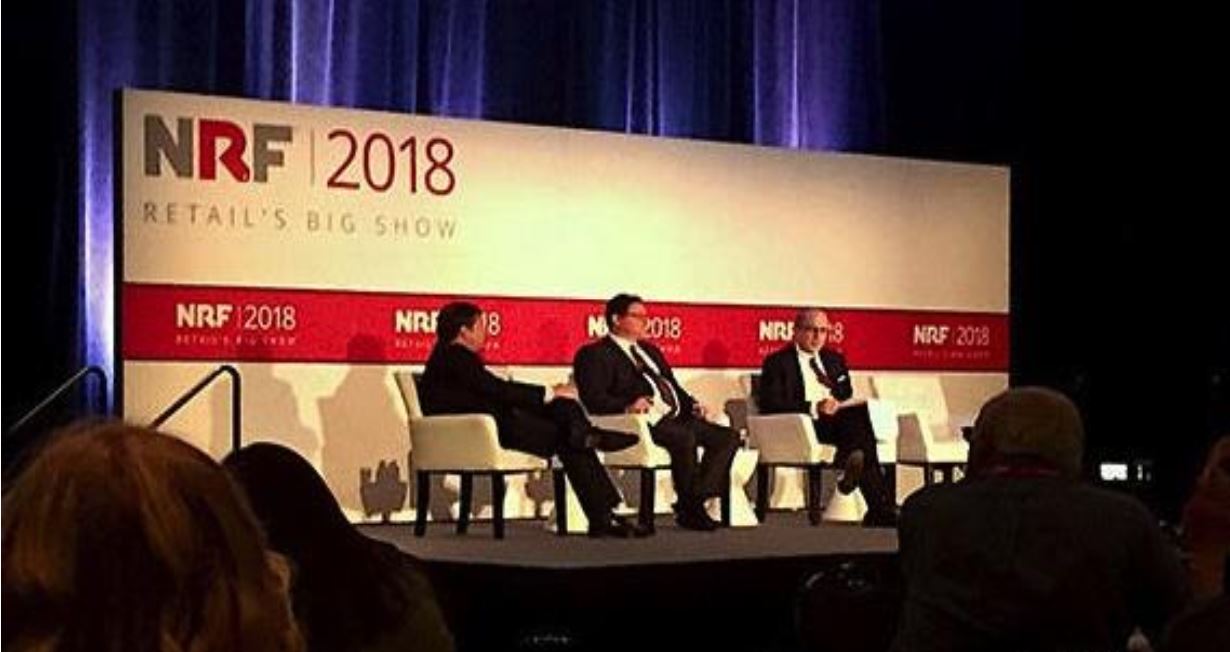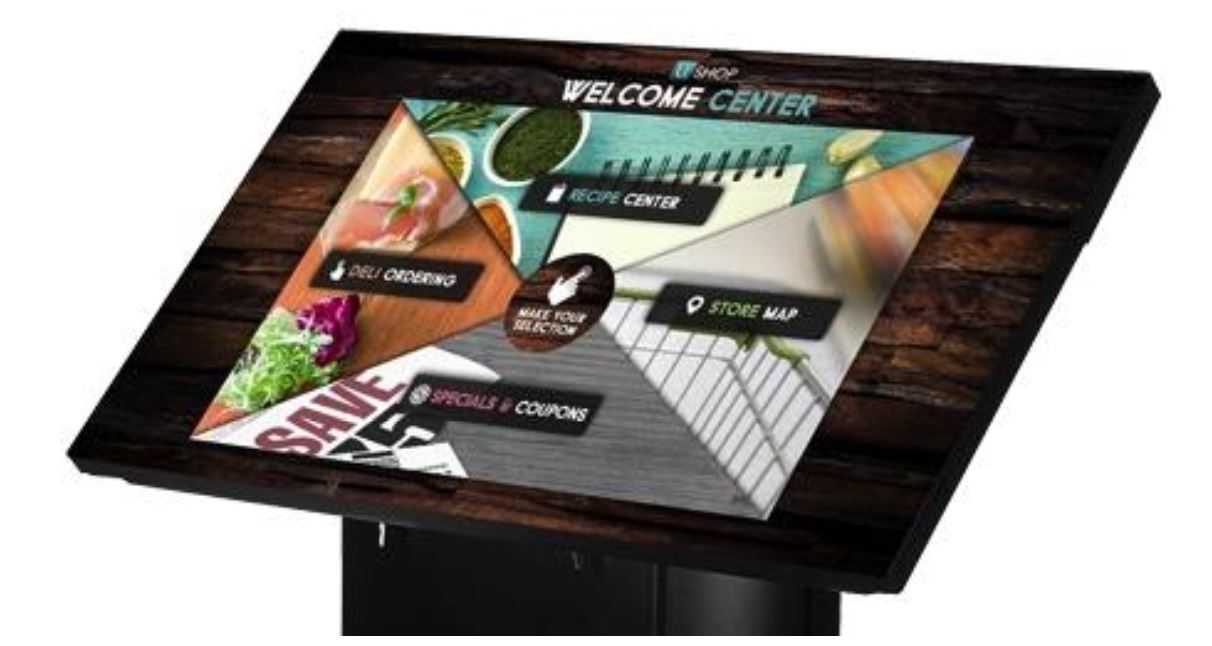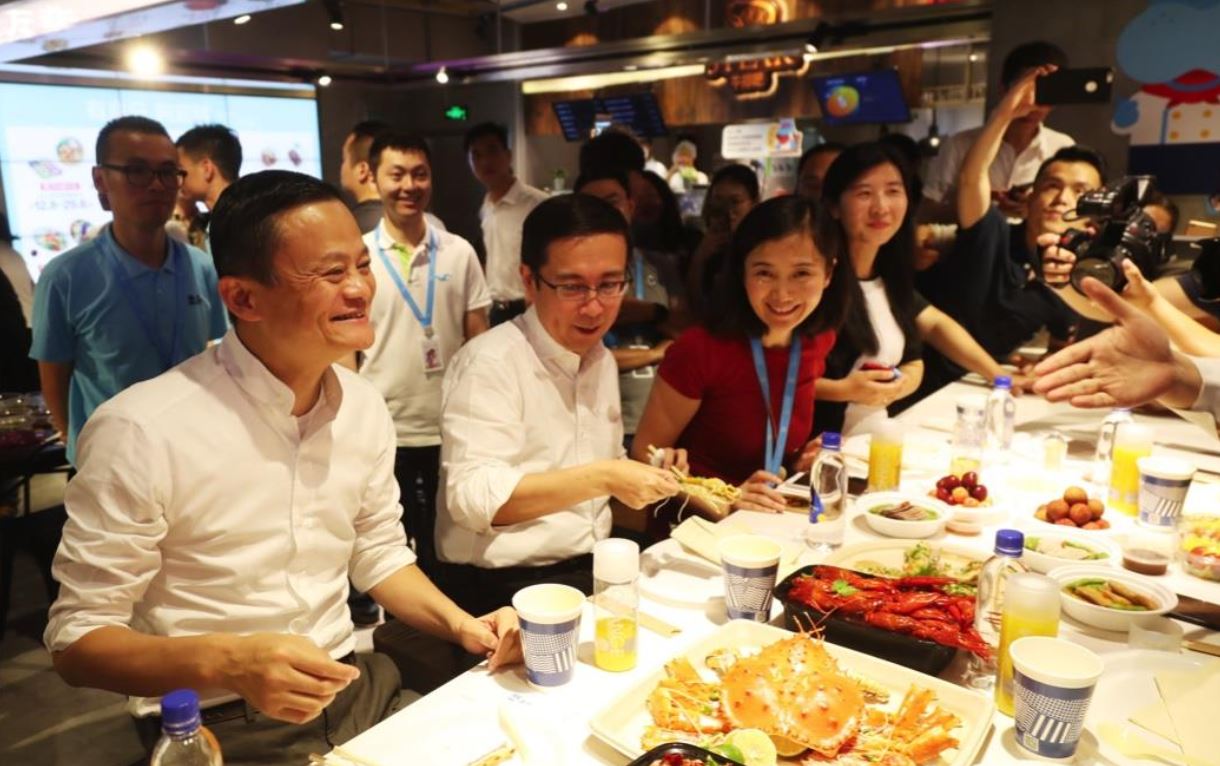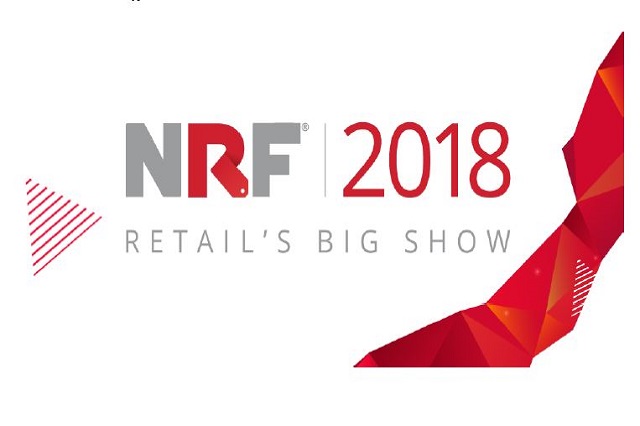1) The strong economic backdrop supports an optimistic outlook for retail in 2018
At the Retail Economic Roundtable at Retail’s Big Show, retailers and industry experts agreed that the retail sector had benefited from a strong macroeconomic environment over the 2017 holiday shopping season. Going into the holidays, consumers had enjoyed a sustained increase in disposable income, the “wealth effect” resulting from a strong stock market and appreciating house prices, and a strong job market. In October and November, US employers had added an average of 230,000 jobs per month, which was significantly higher than the yearly average. Finally, US GDP had grown at a rate above 3% for two consecutive quarters.
Economists and industry experts believe that the strong consumer economics will continue in 2018. The Brookings Institution estimated that tax reforms enacted
under President Donald Trump will increase personal disposable income by 2%, on average. Gad Levanon, Chief Economist of The Conference Board’s North America division, predicts that consumer confidence will continue to rise and reach a record high.

Retail Economic Roundtable session at NRF 2018 Retail’s Big Show
Source: NRF
2) Zero-waste fashion is trending—sustainability is the new fashion
The fashion industry is adopting sustainable ways to source raw materials and manufacture clothing as consumers increasingly place a high priority on minimizing the environmental impact of their fashion choices. House of Fluff is a New York–based fashion startup that uses cruelty-free, ethically made faux furs in its fashions. All of its items are locally manufactured in New York City and are created using a strict zero-waste process.
Modern Meadow is a biomaterials company that reimagined the production of leather. The company uses proprietary technology to cultivate leather from yeast cells in a fermentation process.
Unmade is a fashion technology company that provides digital and on-demand garment manufacturing solutions at scale. The company’s solutions can help brands and retailers ensure that they have no unsold items at end of a season, thereby reducing landfill waste.

House of Fluff marketing campaign
Source: House of Fluff
3) Toshiba demonstrated several solutions and products for retail focusing on digital signage, frictionless checkout and an engaging shopping experience
Toshiba’s booth at the trade show featured its latest suite of products, which are based on the theme “The Joy of Shopping.” The company demonstrated its digital signage solutions, which are designed to help retailers deliver enriched shopping experiences and seamless checkout, while gleaning actionable retail insights.
Toshiba also demonstrated its interactive Up Sell application, which displays product information whenever an item is lifted off its in-store shelf. The company also showcased Xsellrate, a multifunction kiosk that enables shoppers to easily place orders, find in-store items and receive meal preparation ideas.
In addition, Toshiba showcased its TCx Elevate integrated digital commerce platform. The platform brings retailers’ channels, touchpoints and apps together to provide a more consistent and engaging in-store commerce overview. TCx Elevate provides a wide range of capabilities, including automated self-scan, click-and-collect and digital pricing.

Toshiba’s TCx Elevate digital commerce platform
Source: Toshiba
4) FGRT cohosted Microsoft’s annual Innovators Board Roundtable event at Microsoft’s New York offices. The event featured retail technology startups and expert-led discussion on AI and blockchain solutions
FGRT and Microsoft cohosted Microsoft’s annual Innovators Board Roundtable event on Tuesday, January 16, at Microsoft’s New York City headquarters. The event was attended by 40 C-level executives and featured five startups: Syte.ai, TigerTrade, Foko Retail, Amperity and Radius8. The startups provide innovative retail solutions centered on AI, data analytics, inventory management and merchandising.
- ai, based in Tel Aviv, Israel, is a visual search platform focused on fashion products. The platform combines object recognition, AI and machine learning to provide consumers with new shopping opportunities and retailers with the chance to improve searchability and conversion.
- TigerTrade is a global B2B marketplace for buying and selling excess inventory. The platform is disrupting a highly inefficient market by automating trading and enabling real-time bidding, vendor verification and end-to-end fulfillment using its proprietary technology.
- Foko Retail is a visual communication platform that provides tools to improve merchandising and operations. Dubbed “Instagram for retailers,” Foko streamlines HQ-to-store communication, providing visibility into in-store execution and analytics on store performance.
- Amperity uses machine learning to stitch together a brand’s disparate and raw customer data—from email campaigns, in-store purchases, online behavior and more—to deliver complete customer profiles.
- Radius8 is an online-to-offline (O2O) platform that is cloud native and helps retailers deliver a more unified O2O experience. The company uses a variety of local and contextual data to drive value for retailers across the physical and digital channels.
The event featured several keynote speakers. Keval Desai, a well-known angel investor and a partner at venture capital firm InterWest Partners, discussed how machine learning and computer vision are key enabling technologies that will transform retail commerce. Balaji Ravindran, Chief Product Officer at visual recognition company Markable, discussed the future of shoppable video powered by AI. Tom Racette, VP of Global Retail Business Development at Mojix, discussed use cases and the value proposition of blockchain technology in the retail industry. He noted that the technology can be used to improve item-level inventory accuracy, reduce manual processes, automate supply chains and enhance the product recall process.

Microsoft’s Innovators Board Roundtable event, cohosted by FGRT and Microsoft
Source: FGRT
5) Alibaba’s Lee McCabe gave a very well-attended keynote presentation on the company’s vision of the future of retail
Lee McCabe, Alibaba’s VP/GM of North America, gave a presentation titled “Alibaba and the Future of Retail” to a packed room. He described Alibaba’s success in four parts: China, e-commerce, Alibaba and reimagining retail.
China used to be “the factory of the world,” but due to the growth of the country’s middle class, it has become “the consumer of the world,” McCabe said. And although the country used to be export-focused, it is now a major import market. Similarly, while “Made in China” used to be a sign of low quality, products “Made for China” are now often of the highest quality. The increase in China’s consumption exceeds the total consumption of countries such as Germany, and China is expected to represent 44% of global luxury sales by 2025, McCabe said.
E-commerce emerged in China due to the country’s immature retail environment, and Alibaba has succeeded in part because online marketplaces dominate the Chinese market. The company has also established a third-party payment network (Alibaba’s Alipay) and has taken advantage of cheap logistics costs. China has the largest number of Internet users of all countries—751 million, representing half the country—and the other half is quickly getting online.
Alibaba is a constellation of several platforms that provide core commerce (online marketplaces), mobile media and entertainment (Youku), local services (travel and food delivery), payment and financial services (Ant Financial), logistics (Cainiao), and marketing and cloud services (Alimama).
Reimagining retail centers on the convergence of the online and offline channels, and encompasses three pillars: context, convergence and contact. Context refers to Alibaba’s use of a single login and password for all its services, which enables it to offer personalized services to all its customers. Convergence refers to the use of data to focus on the customer and inspire potential needs, flipping a traditional B2C situation into a C2B orientation. Convergence also involves merging traditionally disparate businesses, as the company’s Hema store format does by combining elements of a supermarket, a restaurant and a warehouse. Finally, contact means making the shopping experience fun. Alibaba’s 11.11 Global Shopping Festival (Singles’ Day) is one iteration of this concept: the company sold $7 million worth of goods during the festival in 2009 and grew that figure to $25.3 billion in 2017. Alibaba is also using virtual reality and streaming technologies to create fun new shopping experiences: for example, it completely recreated a Macy’s flagship store in virtual reality and livestreamed the Tmall collection’s fashion show.
 Alibaba Executive Chairman Jack Ma dining in a Hema store in China
Source: Alizila.com
Alibaba Executive Chairman Jack Ma dining in a Hema store in China
Source: Alizila.com





 Alibaba Executive Chairman Jack Ma dining in a Hema store in China
Source: Alizila.com
Alibaba Executive Chairman Jack Ma dining in a Hema store in China
Source: Alizila.com